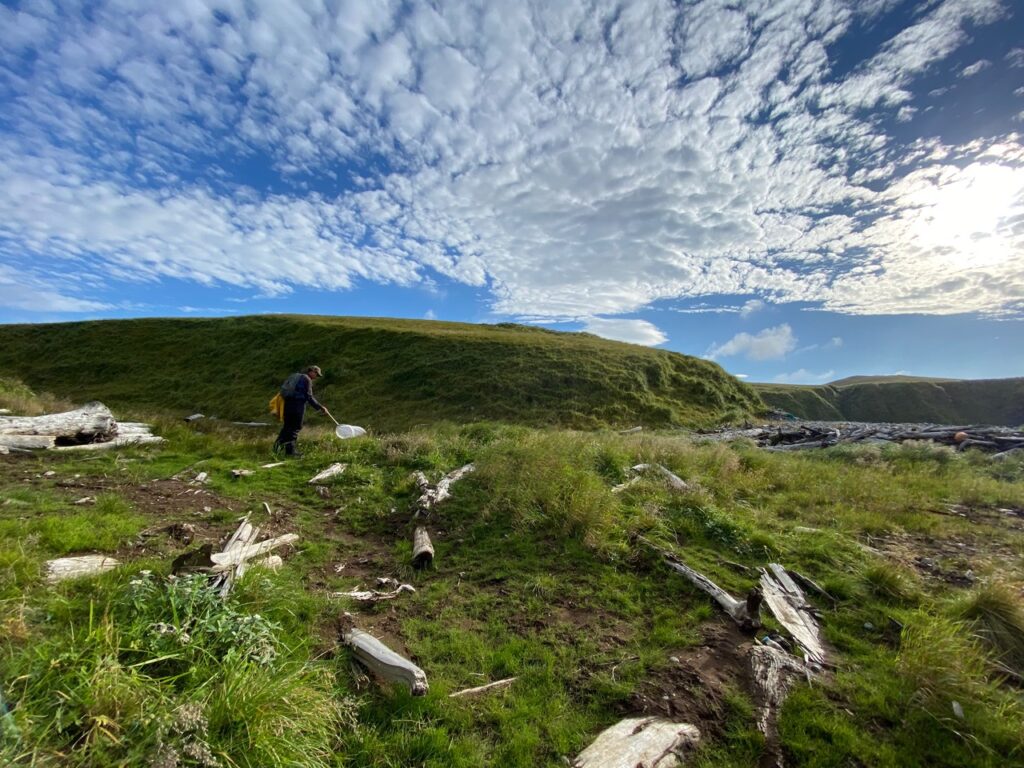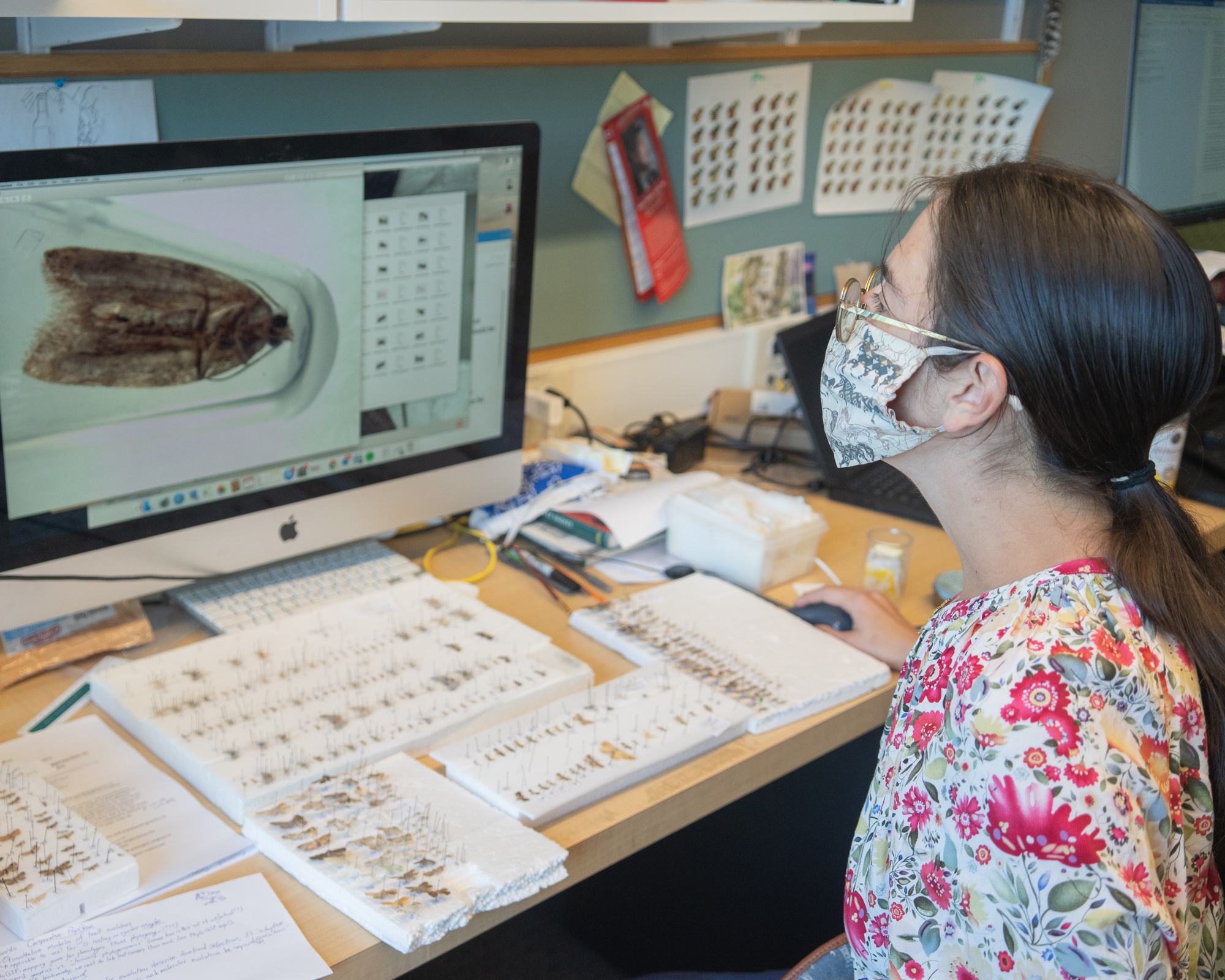Tuesday, May 13th
In-Person Meeting
Virtual Zoom Option
7:30 PM EST
North to Alaska: from NextGen sequencing to Citizen Science aiming to understand the subarctic and Arctic biodiversity

Scientists estimate that there are over 7.5 million species of plants and animals that have yet to be discovered and described. But in a world where extinction may outpace discovery, and global changes are occurring at a faster rate in Arctic and subarctic regions, like Alaska, how can citizen scientists get involved? Join me as I share how residents in Alaska helped me discover and describe a new species of snakeworm gnat (Diptera) and how I used DNA barcoding (nanopore sequencing technology) to find 50 new species of Phoridae (Diptera).



